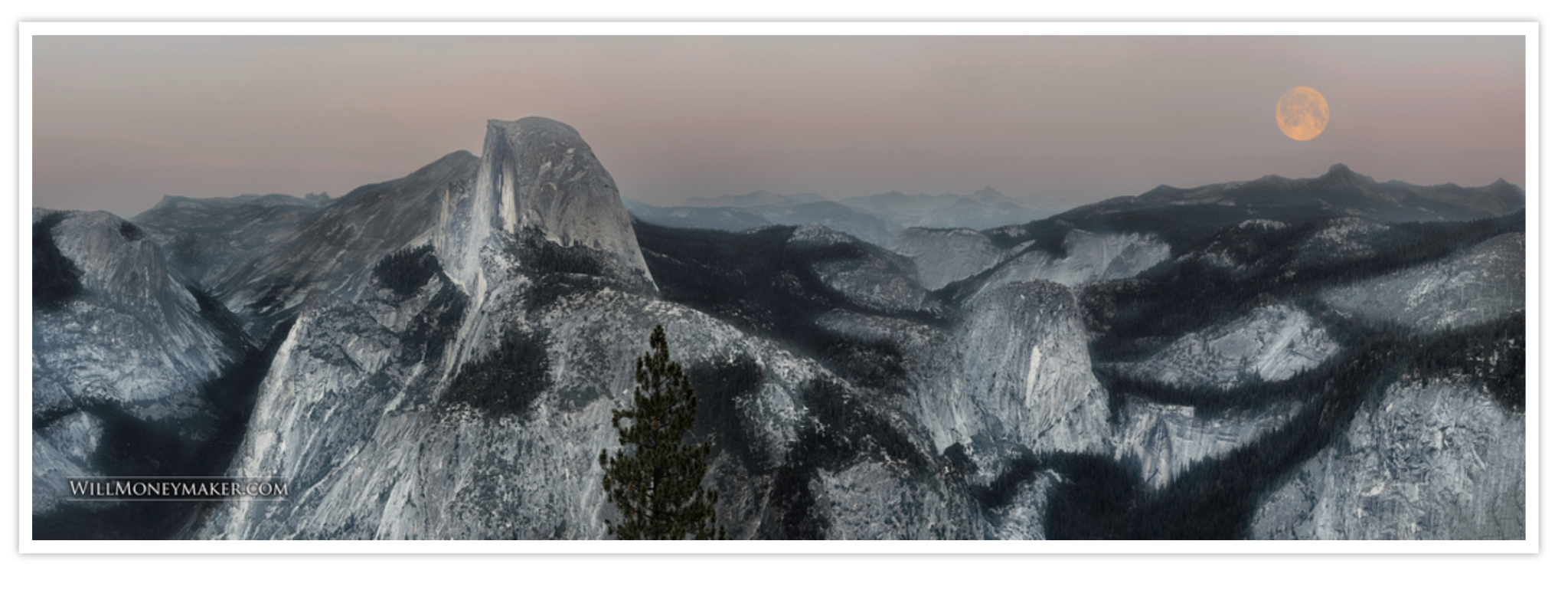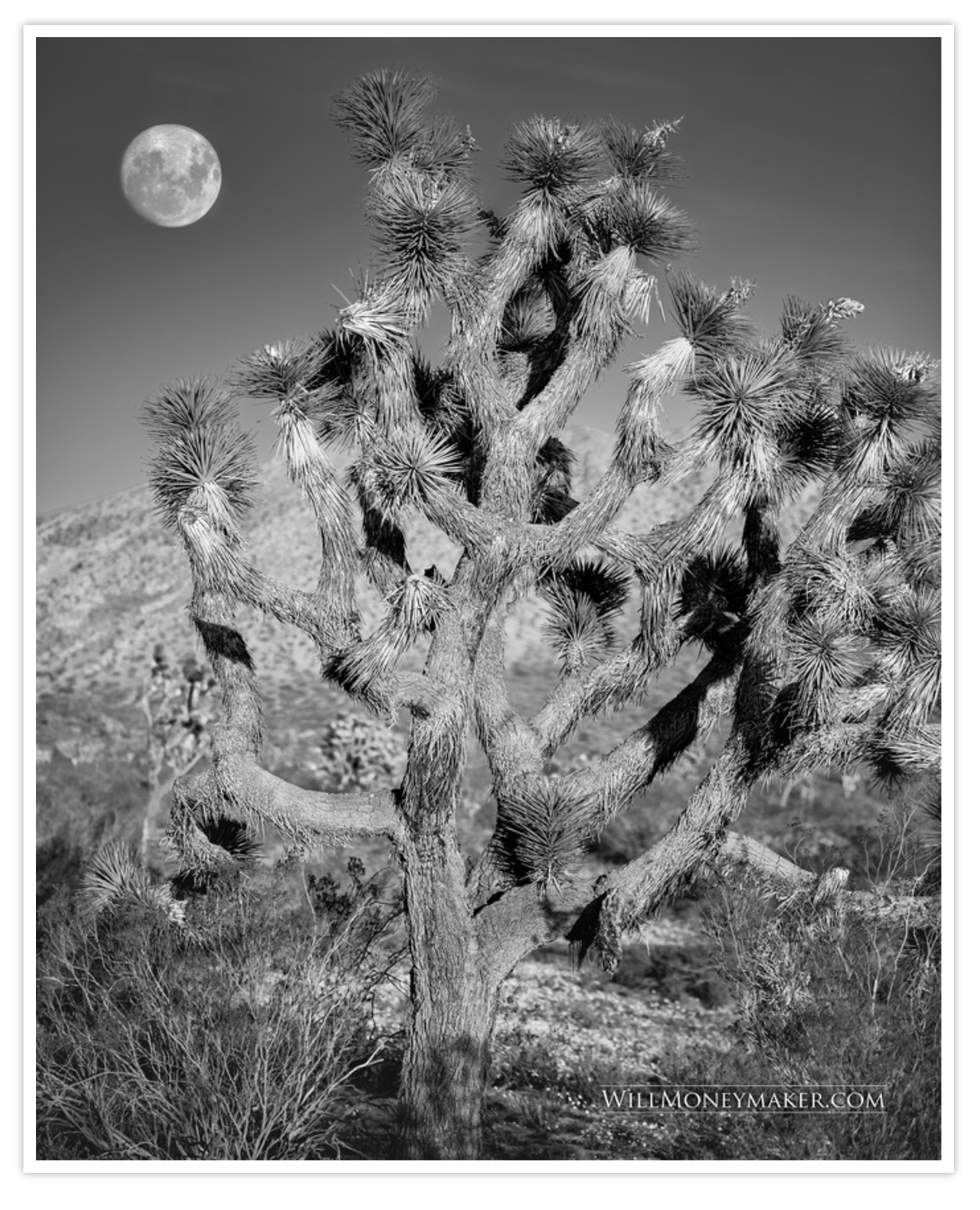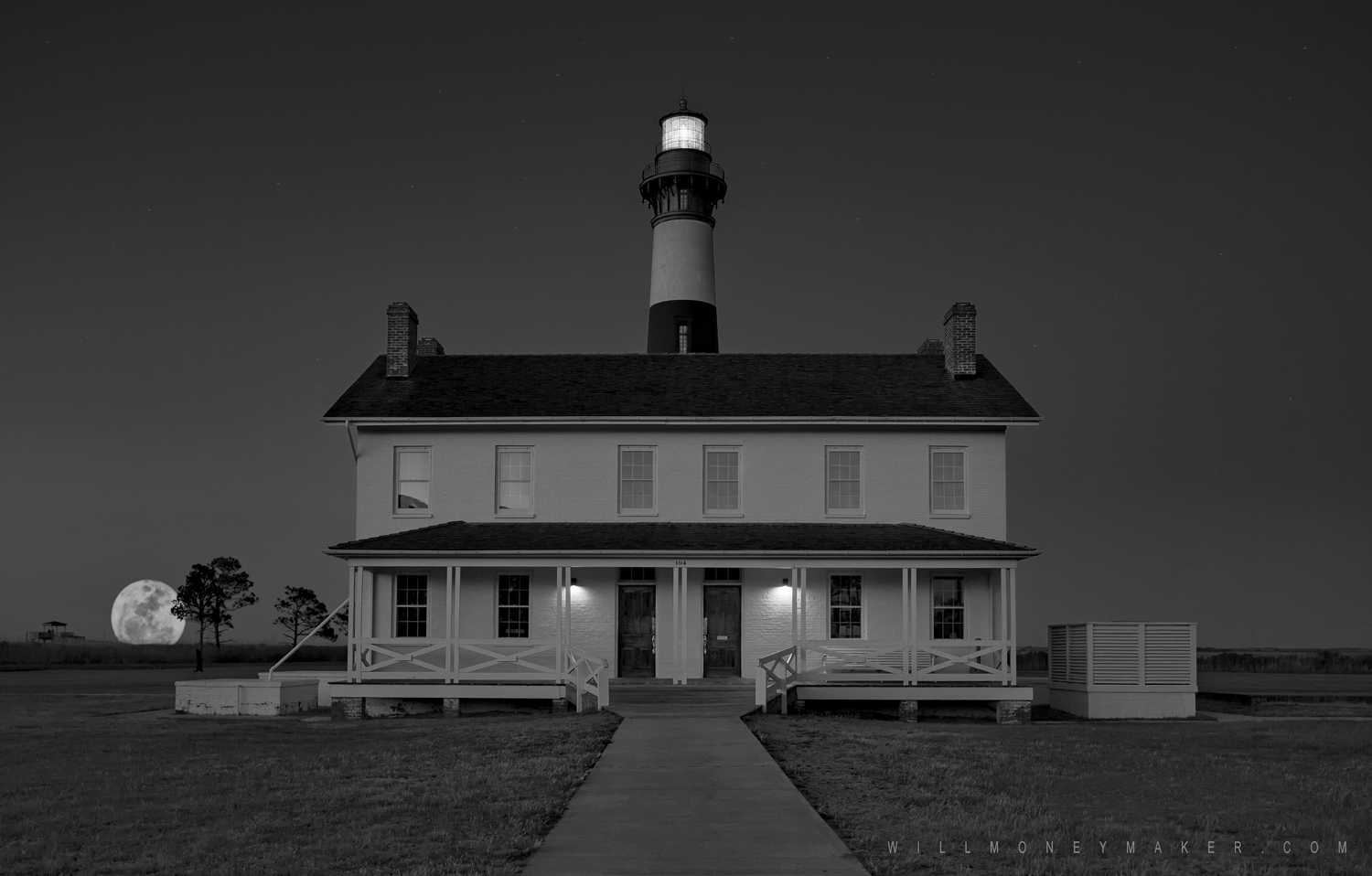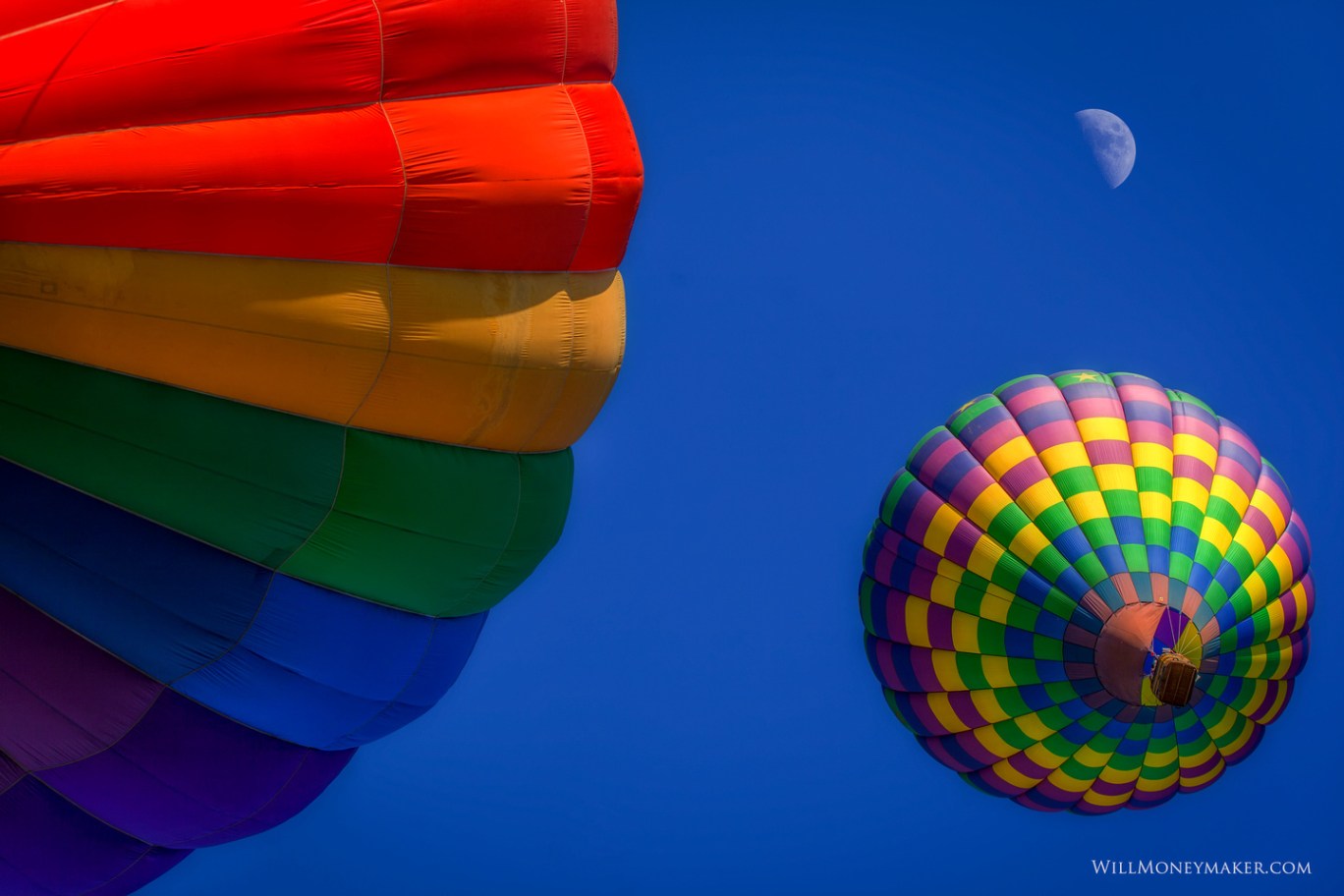Any time is a good time to make a photograph, so I think that it is the perfect time to get outside and start photographing. If you’re up for a challenge, spend an evening photographing the moon. This is a rewarding project that is certain to add some wonderful, original shots to your portfolio. If you’re wondering how it’s done, I’ll show you some of my favorite tips!
Remember the Basics of Nighttime Photography
I’ve talked about this before, but I’ll say it again: When you’re taking any long exposures, make sure to use a tripod and remote shutter release so that the camera remains stable as you’re photographing the moon. This will prevent blurriness caused by a shaky camera. If you don’t have a remote shutter release, then set your camera’s timer to five or 10 seconds, then press the shutter button. This will prevent you from jostling the camera when the shutter activates.
Use the Longest Lens Available
When you photograph the moon with a wide lens, you’ll end up with a small white dot rather than a large, detailed shot. If possible, start with a 200mm lens so that you can zoom in and capture details. Keep in mind that even longer lenses will provide even better magnification and thus, more detail. You may find it worth your while to rent an extraordinarily long lens to seriously capture the details of the moon’s surface.

When Should You Photograph the Moon?
Obviously, you don’t want to photograph during the wrong phases of the moon, so make sure that you plan your project for when the moon is out — and decide whether you want to photograph the full moon or one of the crescent moon phases. When it comes to the best time of day to photograph the moon, you’ll want to head out shortly after moonrise, while the moon is still low on the horizon. This way, you can capture the moon and perhaps even a distant horizon line to make the photograph appear anchored.
Weather can be a concern, but if there are a few small clouds in the sky, that doesn’t mean you need to cancel your trip. If a small cloud should happen to cover a portion of the moon (without obscuring it entirely), then think of this as an opportunity to create an unusual image!
By the way, if you’re looking for an image that has a bit less contrast than a white moon in a black sky, don’t hesitate to go out in the hours just after dusk or right before dawn. With a tiny bit of light still in the sky, you’ll be able to photograph the moon surrounded by a beautiful deep blue sky.

Which Camera Settings Should You Start With?
Here’s the part where moon photography gets a little bit confusing. Nighttime photography often calls for a slow shutter speed in order to collect enough light to create the image. The moon, however, moves across the sky, so if your shutter speed is too slow, the moon will be blurry in the final images.
Start with a shutter speed of between 1/200 and 1/100. Then, you’ll want to choose an aperture that lets plenty of light in but also keeps the image sharp — say, approximately f/10. After that, you can adjust your ISO setting until the image exposes properly. The key thing to remember is that if your ISO setting starts adding unsightly noise to the image, then you can always adjust the shutter speed and aperture to compensate, but you have to make sure that the shutter speed doesn’t fall too low and aperture doesn’t open too wide.
These tips will get you started. Once you’ve learned how to photograph the moon properly, you’ll be able to add your own unique vision to the image. Go out, enjoy the nice weather and use your creativity to photograph the moon in beautiful new ways!





